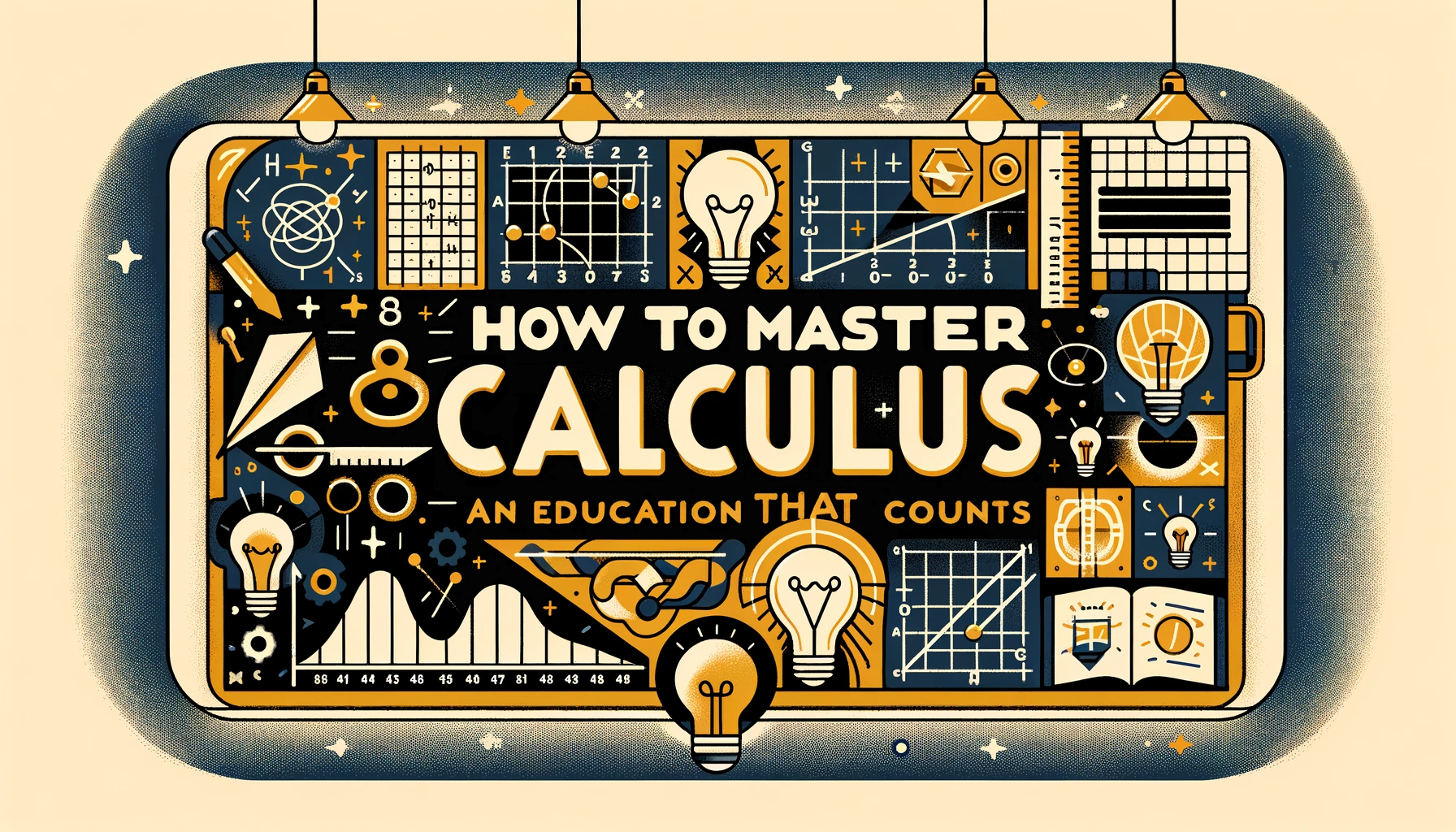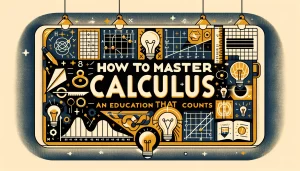Introduction: Navigating Language Challenges in Calculus Learning
For many parents, such as Maria and Jose, whose child, Carlos, is learning calculus in a non-native language, the challenge extends beyond the usual complexities of the subject. Language barriers can pose a significant hurdle in understanding and excelling in calculus, a subject that already demands high cognitive engagement. Carlos, like many students studying in a second language, often finds himself struggling not only with the mathematical concepts but also with the language used to convey these concepts. This dual challenge can make calculus seem even more daunting, affecting his confidence and performance. Recognizing and addressing these language barriers are crucial steps for parents to ensure their child’s success in calculus.
Understanding the Impact of Language on Learning
The impact of language barriers in learning calculus is multifaceted. It can manifest in difficulties comprehending instructions, interpreting problem statements, or expressing mathematical reasoning. For Carlos, this might mean spending additional time translating materials or seeking clarifications, which can slow down his learning process and lead to frustration.
Identifying Specific Language Challenges
To effectively support Carlos, it’s important to identify the specific language challenges he faces. Is it the terminology, the syntax of mathematical language, or the linguistic nuances in problem-solving that pose the greatest difficulty? Understanding these specific challenges can guide parents in providing targeted support.
Encouraging the Use of Bilingual Resources
Utilizing bilingual resources can significantly aid in overcoming language barriers. Textbooks, online tutorials, and educational apps that offer content in both Carlos’s native language and the language of instruction can bridge the gap in understanding. These resources can help him grasp complex calculus concepts without the added difficulty of language comprehension.
Leveraging Visual Aids and Demonstrations
Visual aids and demonstrations are powerful tools that transcend language barriers. Diagrams, graphs, and videos can illustrate calculus concepts in a universally understandable way. Encouraging Carlos to use these visual resources can enhance his comprehension and retention of the subject matter.
Promoting Active Participation in Class
Active participation in class, though challenging, can be beneficial for language development and concept understanding. Encouraging Carlos to ask questions, engage in discussions, and seek clarification can improve his language skills and mathematical understanding simultaneously. This active engagement can also boost his confidence in using the language academically.
Seeking Support from Teachers and Tutors
Communicating with Carlos’s teachers and seeking their support can be instrumental. Teachers who are aware of his language challenges can provide additional explanations or resources. Additionally, finding a tutor who speaks both languages can offer Carlos personalized assistance in calculus, catering to both his academic and linguistic needs.
Facilitating Study Groups with Peers
Study groups with peers can provide a supportive environment where Carlos can practice both calculus and language skills. Collaborating with classmates who face similar challenges or who are fluent in both languages can enhance his learning experience. Peer discussions can offer diverse perspectives and explanations that aid in understanding.
Encouraging Consistent Practice in Both Languages
Consistent practice in both the language of instruction and his native language can help Carlos develop a better grasp of calculus. Parents can encourage him to solve problems and explain concepts in both languages, enhancing his fluency and mathematical understanding simultaneously.
Utilizing Online Platforms and Forums
Online platforms and forums can be valuable resources for additional practice and support. Websites that offer calculus help in multiple languages can provide Carlos with access to a broader range of learning materials. These platforms can also connect him with a global community of learners and educators who can share insights and learning strategies.
Incorporating Real-World Applications
Connecting calculus concepts to real-world applications can make the subject more relatable and easier to understand, irrespective of language. Parents can help Carlos see the practical use of calculus in everyday life, which can spark interest and aid in comprehension.
Balancing Patience with Persistence
Balancing patience with persistence is key in navigating the dual challenges of learning calculus and overcoming language barriers. Parents should encourage Carlos to be patient with his progress while also persisting in his efforts to understand and apply calculus concepts.
The Role of Digital Translation Tools
Digital translation tools can be a temporary aid in overcoming language barriers. While not always perfect, tools like translation apps or online dictionaries can help Carlos quickly understand difficult terms or phrases, aiding in his immediate comprehension of calculus materials.
Seeking Professional Language Support
If language barriers continue to impede Carlos’s learning significantly, seeking professional language support may be necessary. Language tutors or ESL (English as a Second Language) programs can give him the linguistic foundation needed to succeed in calculus and other subjects.
The Math Thought Program: A Comprehensive Learning Solution
The Math Thought Program can offer comprehensive support to students like Carlos. With resources and tutors equipped to handle both calculus challenges and language barriers, the program can provide a supportive learning environment. Tailored tutoring that addresses both mathematical concepts and language comprehension can be a game-changer for Carlos’s success in calculus.
Conclusion: Overcoming Language Barriers in Calculus Education
For parents helping their child overcome language barriers in calculus, a multi-faceted approach is necessary. By utilizing bilingual resources, encouraging active class participation, leveraging visual aids, and seeking professional support, parents can significantly aid their child’s calculus learning journey. Programs like the Math Thought Program can offer the additional support needed to bridge the language gap, ensuring that students like Carlos can excel in calculus despite linguistic challenges.





